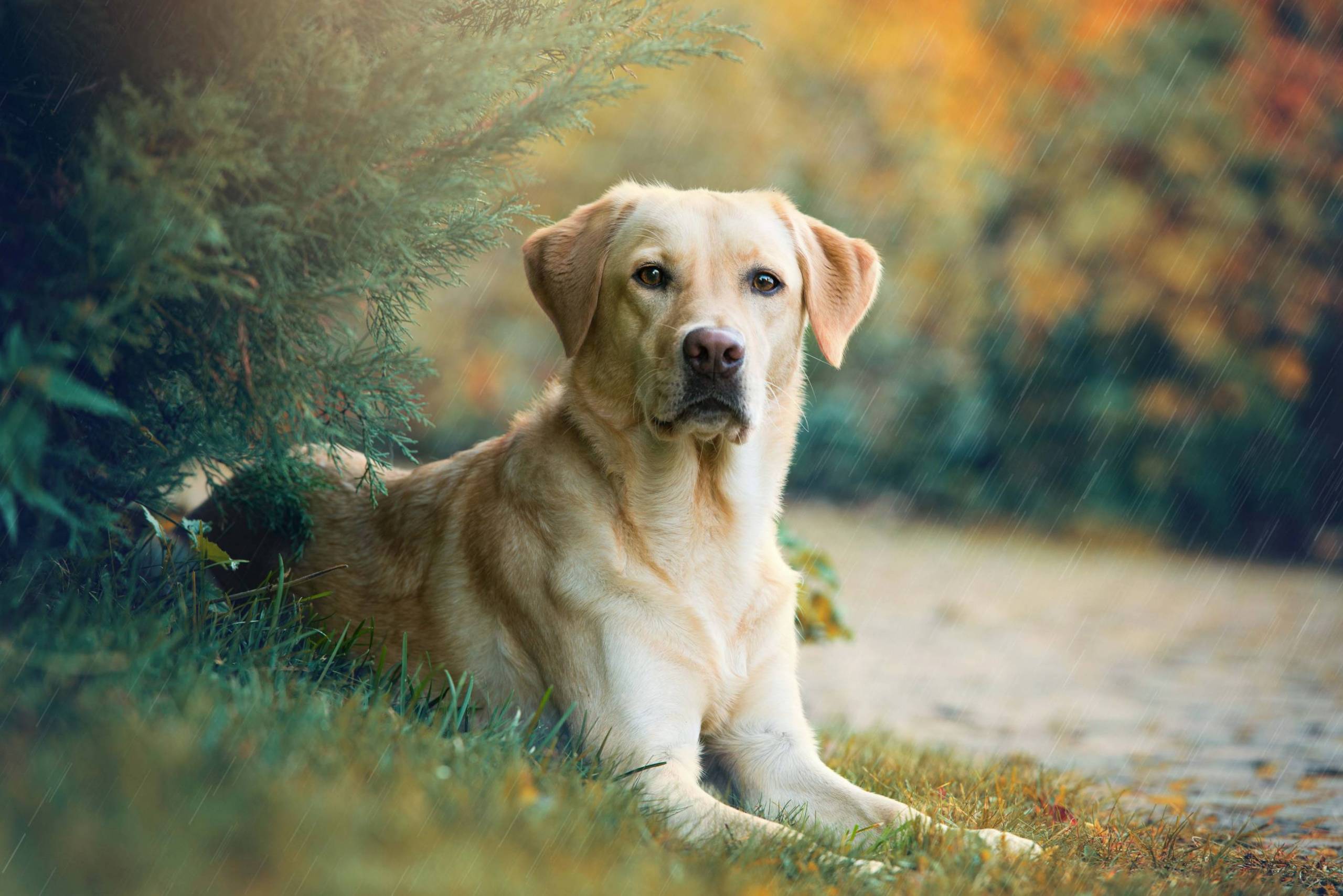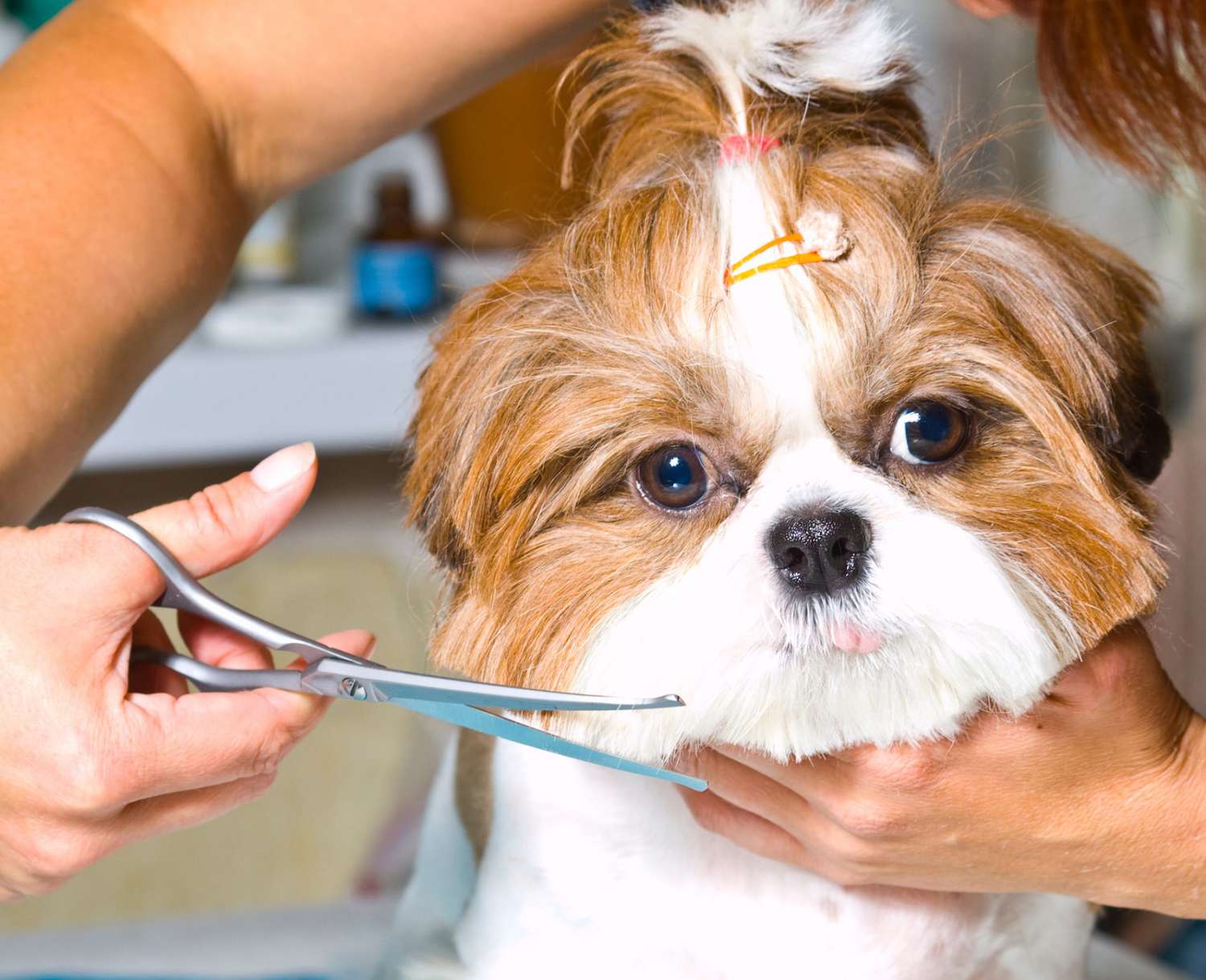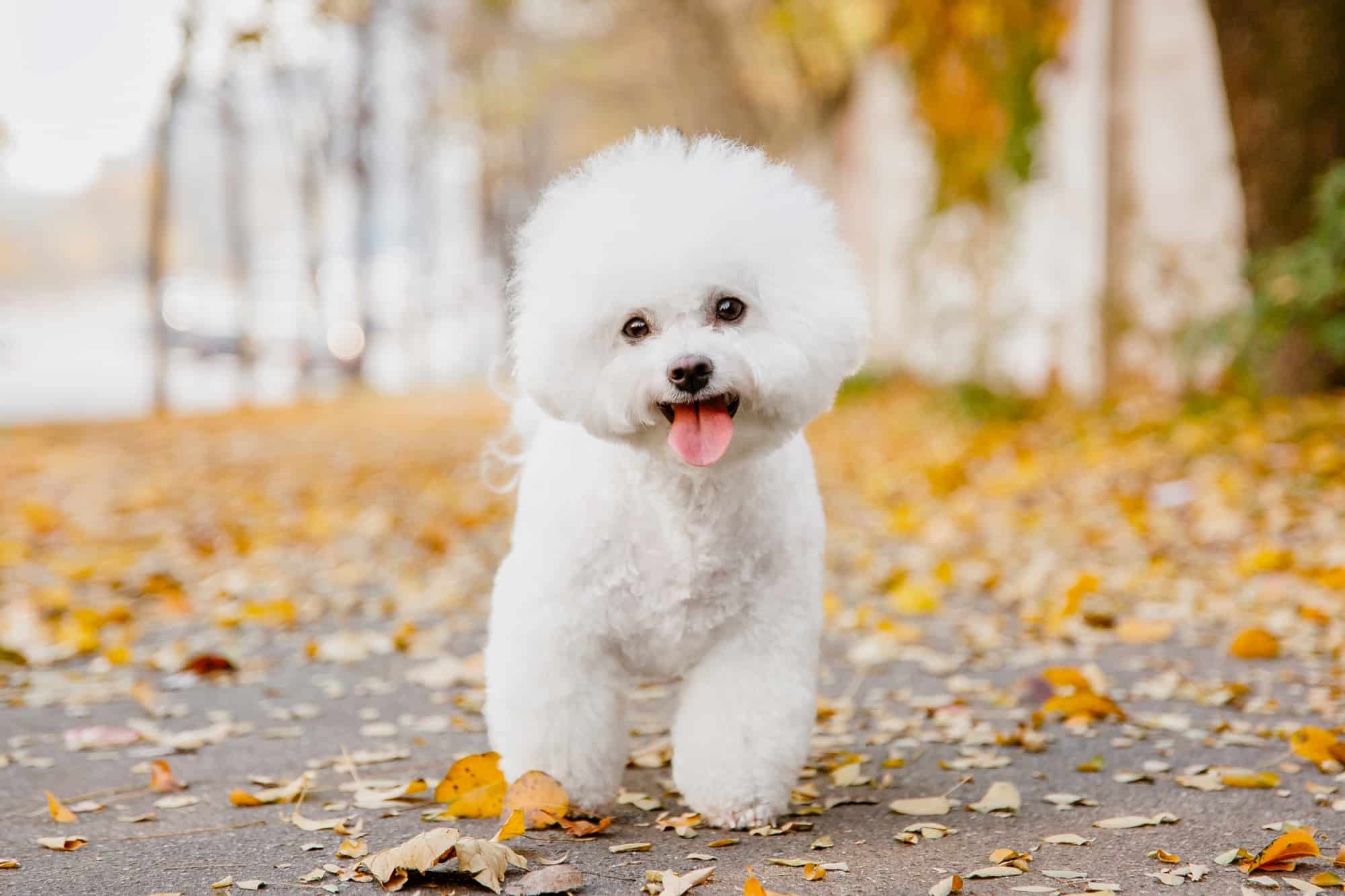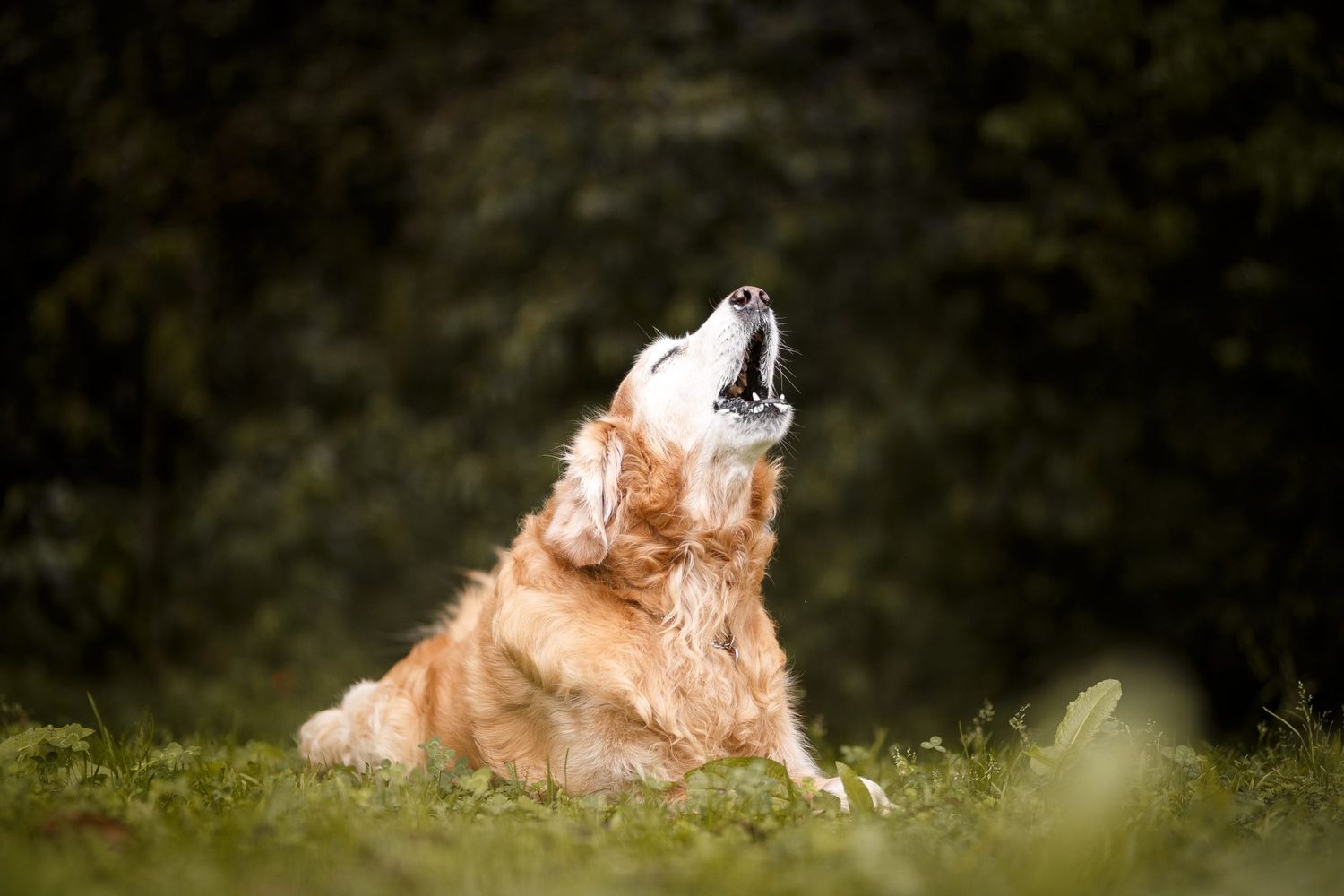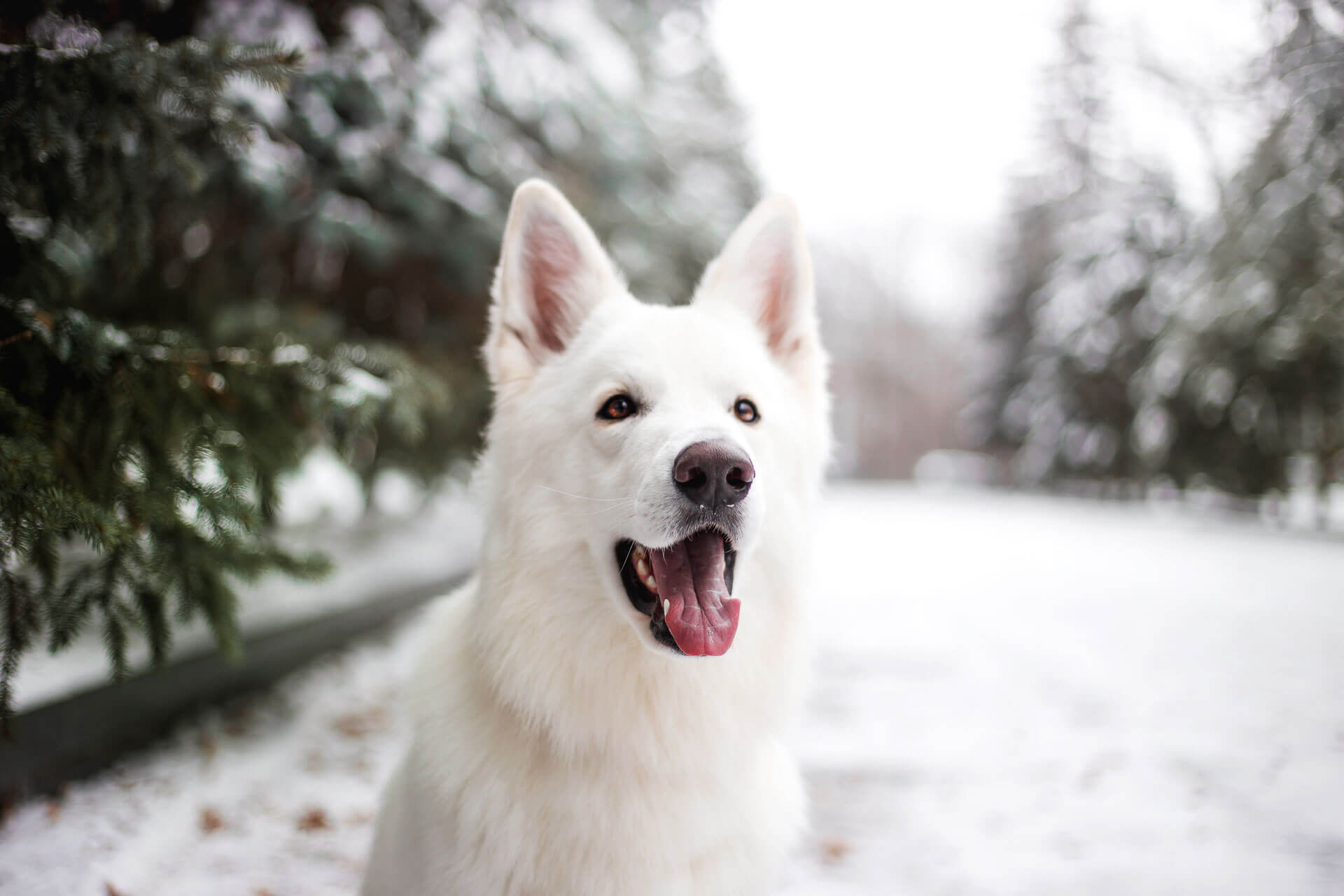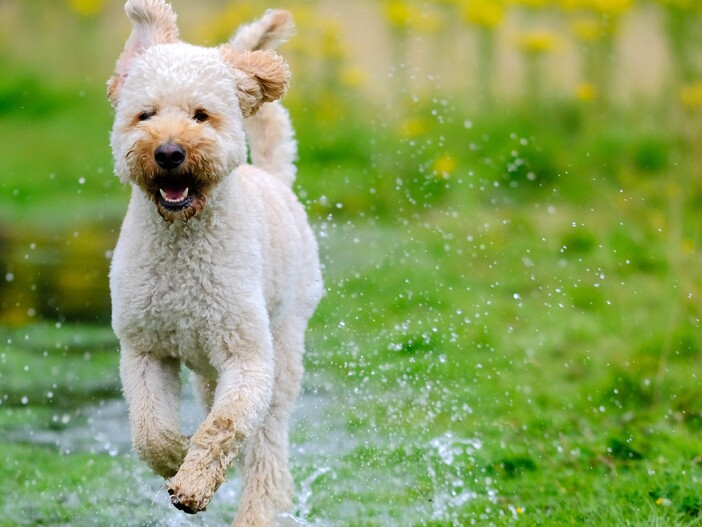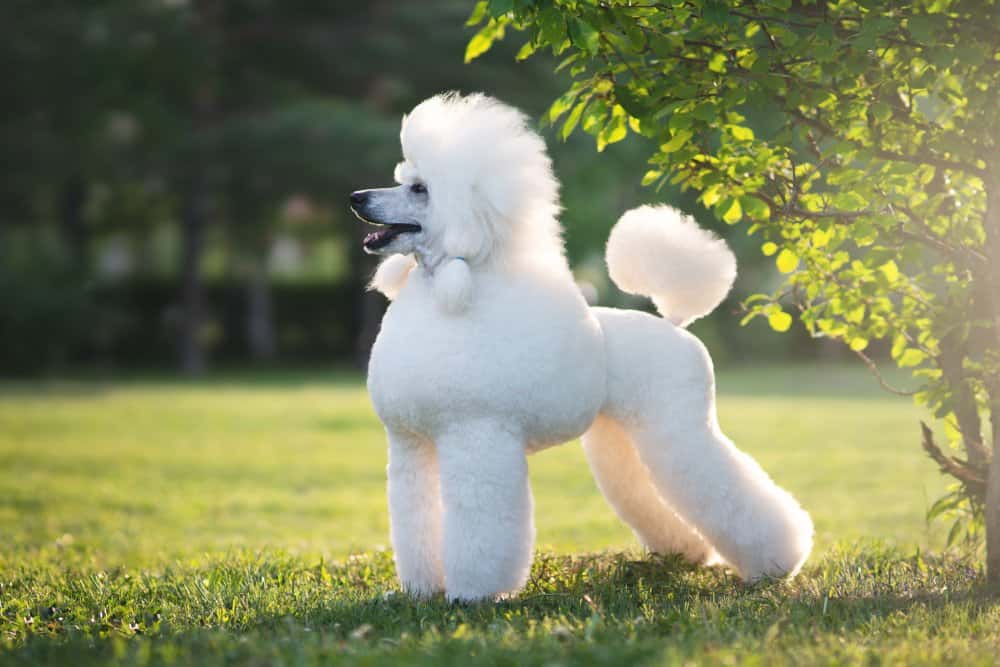Dogs are one of the most beloved pets around the world, and there are hundreds of breeds to choose from. However, some breeds are rarer than others, and seeing one in person can be a special experience.
In this article, we will explore the top 11 rarest dog breeds according to various sources. These breeds come from different parts of the world and have unique characteristics that make them stand out.
You are reading: Top 11 Rarest Dogs
From the Canaan Dog to the Mudi, we will learn about the history, appearance, and temperament of these rare dogs. Whether you are a dog lover or just curious about rare breeds, this article will provide you with an interesting and informative read.
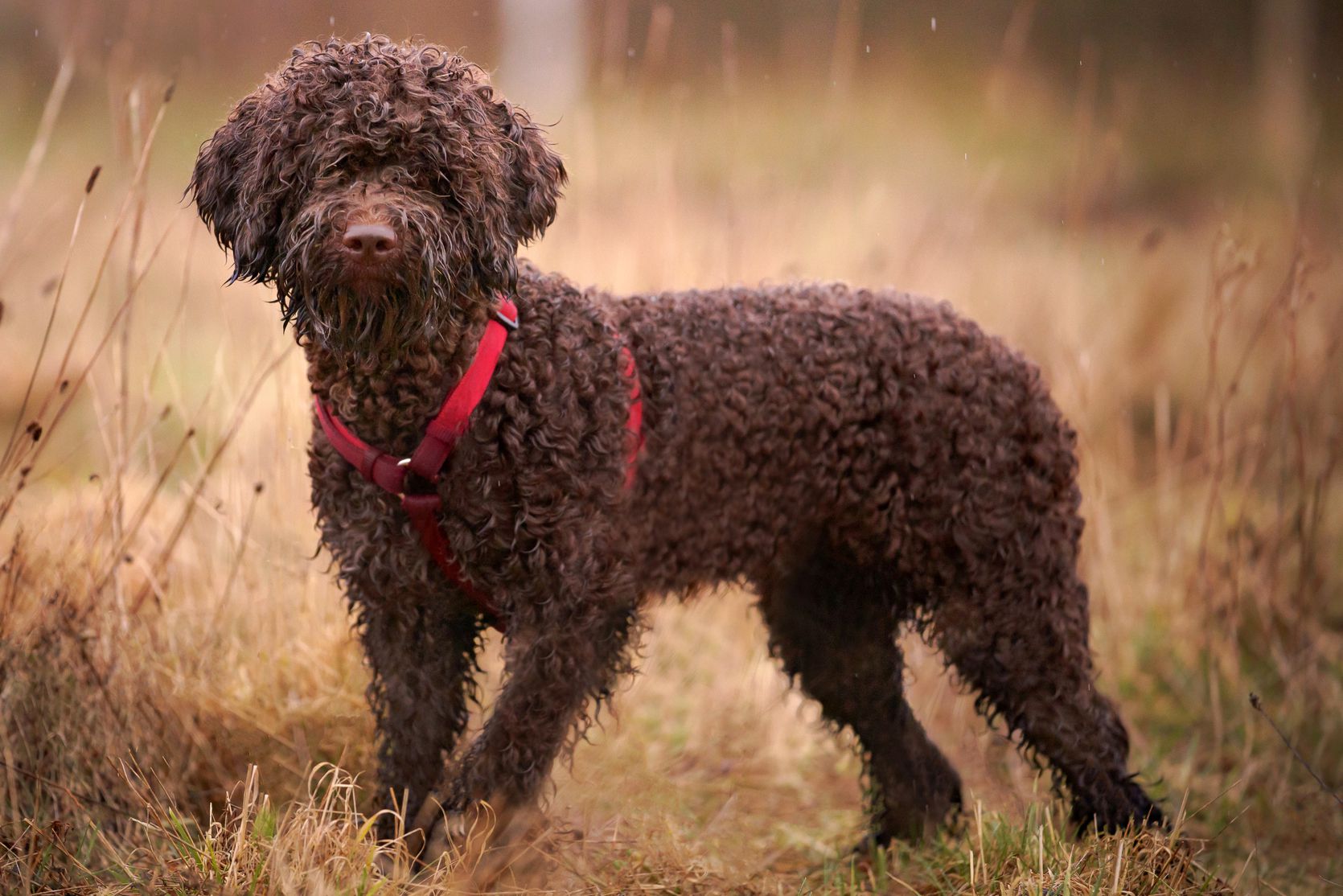
Top 11 Rarest Dogs
Canaan Dog
The Canaan Dog is a medium-sized breed that originated in the Middle East and is considered one of the oldest pariah dogs still in existence.
This breed is known for its alert and watchful temperament, making them excellent watchdogs. They are also highly intelligent and easily trained, making them great companions for experienced dog owners.
Canaan Dogs are devoted and gentle with their families and can be protective and independent. They have a wedge-shaped head, erect ears, and a dense, harsh, and straight coat that can be black, cream, golden, liver, red, tan, or white with various markings.
Canaan Dogs need extensive socialization throughout their life to help them recognize what is a threat and what is not. They can be dog-aggressive and may attempt to wrest “pack” leadership from a passive owner.
Pumi

The Pumi is a medium-sized breed that originated in Hungary and is known for its curly, corkscrew coat and athletic body. This breed is a multi-functional dog that was bred to be a compact sheepdog, a successful guard dog, and a hunting dog.
Pumis are energetic, outgoing, and playful, and they need regular exercise and mental stimulation. They are also intelligent and affectionate with their families, but can be shy and reserved with strangers.
Pumis are good with children as long as they see humans as below them in the pecking order. They can be dog-aggressive if they are alpha and have a tendency to wander.
Pumis have a signature double coat with corkscrew curls that can be black, white, or shades of gray. They have semi-erect ears that tip forward and stand upright, dark eyes, elongated muzzles, and a square body outline.
Read more : Can Dogs Get Mono
Pumik have lean, tight bodies with hard muscles, straight backs, and deep, narrow chests.
Lagotto Romagnolo
The Lagotto Romagnolo is a small to medium-sized breed that originated in the marshlands of the Delta del Po in the eastern part of the Romagna sub-region of Italy. The breed’s name comes from the Romagnol can lagòt, meaning “water dog”.
The Lagotto Romagnolo was originally bred as a gun dog, specifically a water retriever, but since the drainage of large areas of wetland habitat in its area of origin, it is now more often used to hunt for truffles.
The Lagotto is the only purebred dog in the world recognized as a specialized truffle searcher. The breed is of small to medium size, rarely over 50 cm at the withers, powerfully built, and of rustic appearance.
The Lagotto is roughly square in outline, with the body length more or less equal to the height. The coat is thick, wool-like, and tightly curled into ringlets, and it may be completely off-white, or off-white with orange or brown patches or roaning, or solid orange or brown.
Lagotto Romagnolos are known for their curly coat, playfulness, and intelligence. They are affectionate and laid-back dogs, so long as exercise is provided in the form of at least one good, long walk per day, and preferably a game of fetch. They are generally content, even when living in an apartment setting, as long as their needs are met.
Dandie Dinmont Terrier
The Dandie Dinmont Terrier is a small Scottish dog breed in the terrier family. Here are some facts and traits about this breed:
Appearance:
– The breed has a very long body, short legs, and a distinctive topknot of hair on the head.
– They have a soft, silky coat that comes in two colors: pepper (dark bluish-black to light silver-gray) and mustard (reddish-brown to pale fawn).
– They have large, expressive eyes and long, floppy ears.
Personality:
– Dandies are independent, bold, tenacious, and intelligent.
– They are friendly, playful, and devoted to their families.
– They are not pack animals by nature and usually bond to one person.
– They are good with children and make excellent guard dogs.
History:
– The breed is named after a fictional character in Sir Walter Scott’s novel, Guy Mannering.
– The character, Dandie Dinmont, is thought to be partly based on James Davidson, who is credited as the originator of the modern breed.
– Davidson’s dogs descended from earlier terrier-owning families, including the Allans of Holystone, Northumberland.
– The breed was first registered with the American Kennel Club (AKC) in 1888 and recognized by the United Kennel Club (UKC) in 1918.
– During World War II, many kennels were dispersed and the dogs destroyed due to both the lack of food caused by rationing and that of manpower.
– Following the war, several kennels led the way to re-establishing the breed, including the Bellmead Kennels, located first in Surrey before….
Norwegian Lundehund
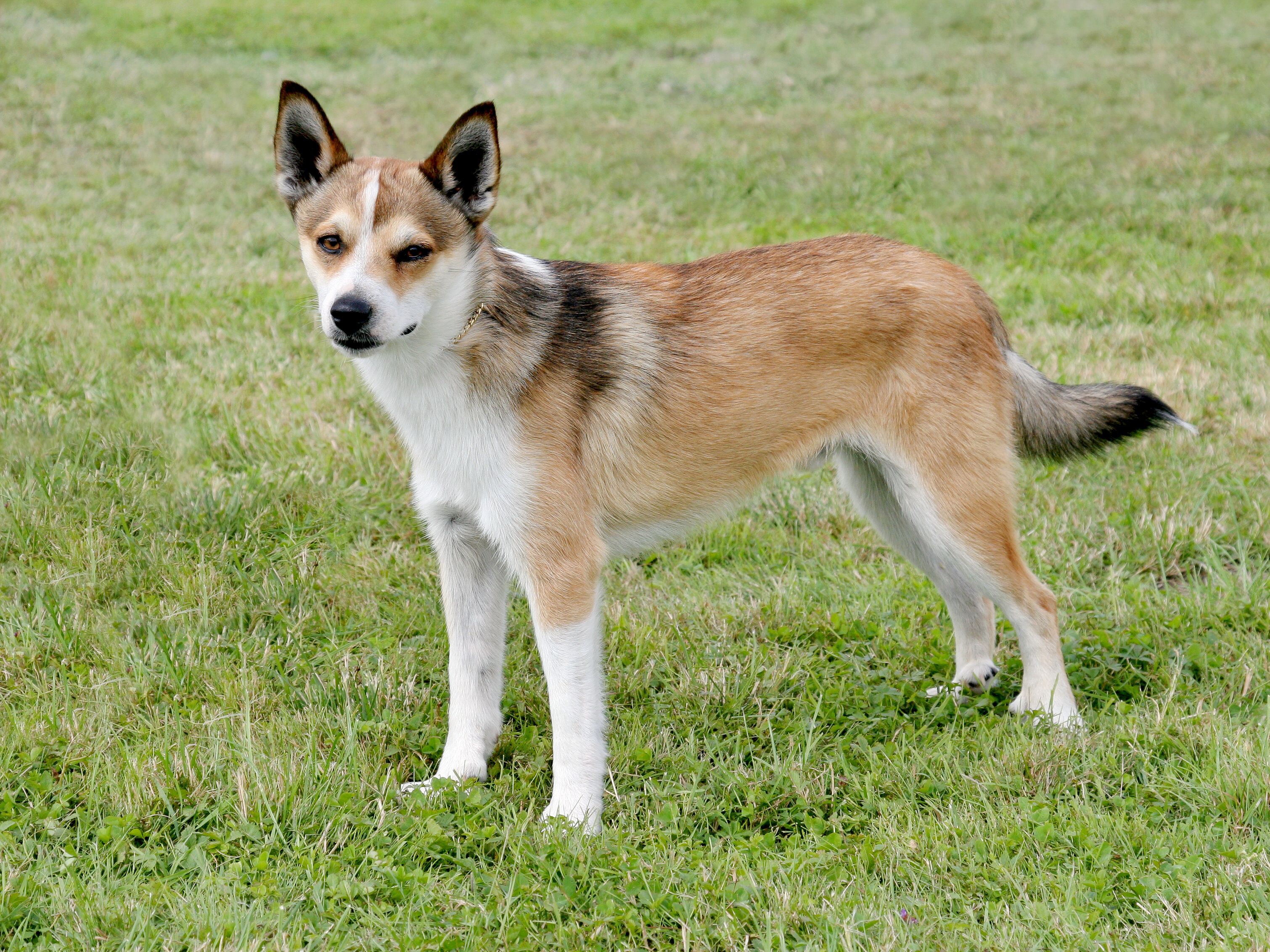
The Norwegian Lundehund is a small Spitz-type dog breed that originates from Norway. Here are some facts and traits about this breed:
Appearance:
– The breed is small and rectangular with a unique range of motion in its joints, allowing it to fit into and extricate itself from narrow passages and tunnels.
– They have a wedge-shaped head, medium-sized erect ears with more mobility than the average dog, and brown, fairly deep-set eyes.
– They have a soft, dense coat that comes in a variety of colors, including black, white, gray, and brown.
– The Norwegian Lundehund is a polydactyl, meaning they have six toes on each foot, including two dewclaws.
Personality:
– Norwegian Lundehunds are friendly, curious, and love people.
– They are not aggressive and will snuggle with people or other dogs for hours.
– They love to play and will enjoy long sessions of it.
– This breed is intelligent and can be trained for agility.
History:
– The breed was originally bred to hunt puffins, which live on the islands off the west coast of Norway.
– Puffins were an important source of food for the farmers who lived on those islands.
– The breed has several unique phenotypical traits, including the ability to bend their head backwards along their own spine and turn their forelegs to the side at a 90-degree horizontal angle to their body, much like human arms.
– Due to the severity of population bottlenecking, the Norwegian Lundehund is now considered one of the rarest dog breeds in the world.
Thai Ridgeback
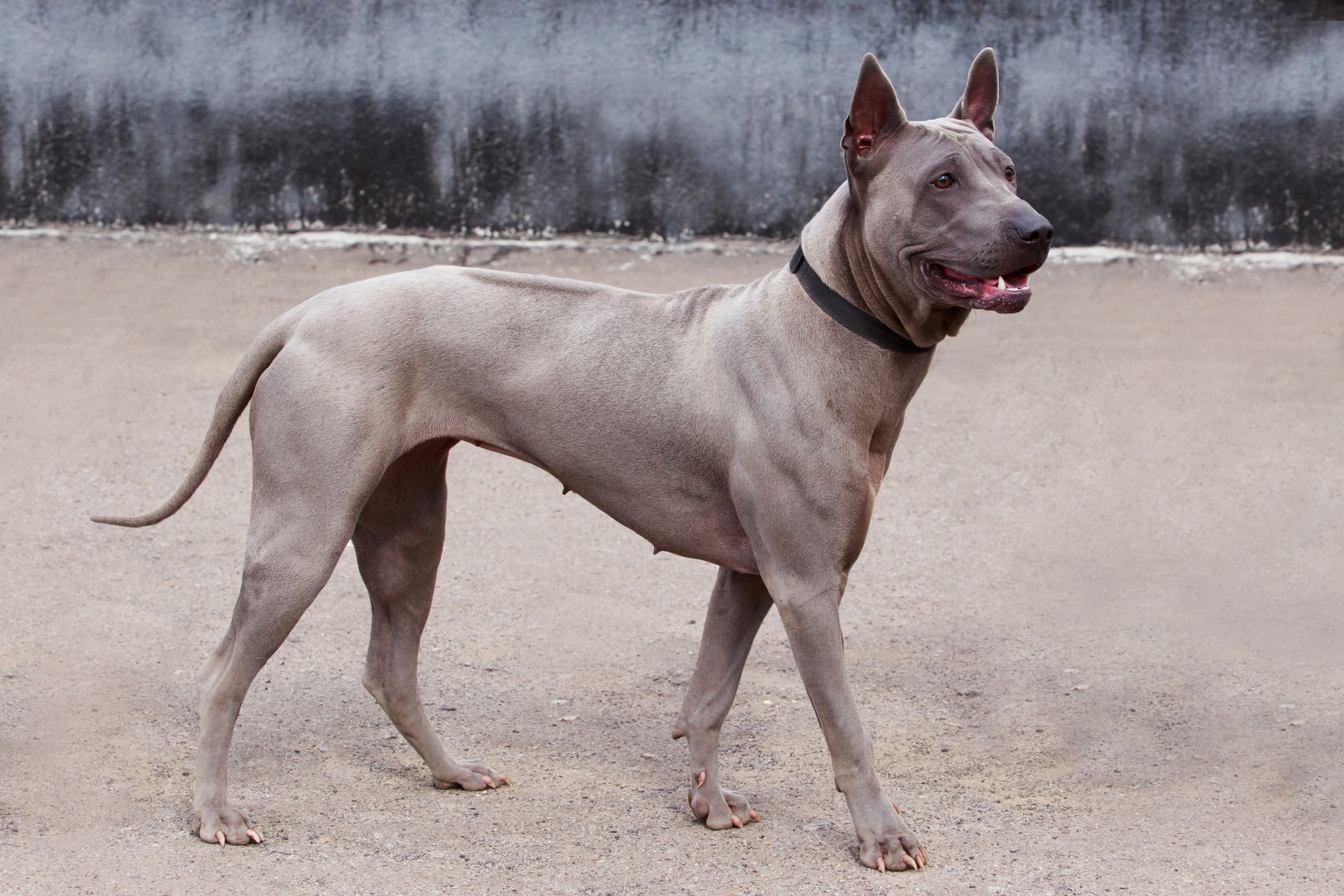
The Thai Ridgeback is a dog breed that originated in Thailand and is known for its muscular, medium-sized pariah-type body, wedge-shaped head, triangular-shaped prick ears, and a very short, smooth coat. Here are some facts and traits about this breed:
Appearance:
– The Thai Ridgeback has a pronounced ridge on its back formed by hair growing in the opposite direction that extends from behind the withers to the hips.
– They have a muscular and streamlined body, making them extremely agile.
– The tail is carried upward called a sickle or sword tail.
– Coat colors include chestnut, black, blue, silver, and light fawn.
Personality:
– Thai Ridgebacks are an intelligent breed.
– The energy level is typically medium to high, with most of the day spent lounging and activity periods occurring in sporadic bursts.
– Well-bred and properly socialized Thai Ridgebacks make loyal, loving family pets.
– They are naturally protective of their home and family and can be tough and active with excellent jumping ability.
History:
– The Thai Ridgeback is one of only three breeds that has a ridge of hair that runs along its back in the opposite direction to the rest of the coat.
– The breed was used for hunting, guarding, and pulling carts in Thailand.
– The breed is still incredibly rare outside of Thailand, and many clubs outside of Thailand do not formally recognize the primitive breed.
– The Thai Ridgeback didn’t even make it over to the States until 1994.
– The American Kennel Club added the Thai Ridgeback to their Foundational Stock Service group in 1997.
Belgian Laekenois
The Belgian Laekenois is a medium-sized breed that originated in Belgium and is one of four native dogs of Belgium. Here are some facts and traits about this breed:
Appearance:
– The Belgian Laekenois has a wiry, rough, and tousled coat that comes in shades of fawn, mahogany, and red.
– They have a muscular and athletic body, with a wedge-shaped head, pointed ears, and a long, pointed muzzle.
– The breed has a double coat, with a harsh, wiry outer coat and a soft undercoat.
– They have a distinctive beard and eyebrows, which give them a unique appearance.
Personality:
– The Belgian Laekenois is a loyal and alert dog that thrives on pleasing its humans.
– They are intelligent, active, and require plenty of exercise and mental stimulation.
– Effective training for this breed requires consistency and a calm approach.
– They are confident, calm, and fearless, never shy or aggressive.
History:
– The Belgian Laekenois was originally bred as a herding dog, but they have also been used for guarding and police work.
– The breed was nearly extinct after World War II, but a group of breeders worked to revive the breed.
– The breed was recognized by the American Kennel Club (AKC) in 2020 and takes its place alongside the Belgian Malinois, Belgian Tervuren, and the Belgian Sheepdog.
– The Belgian Laekenois is still a rare breed, and there are only a few hundred registered in the United States.
Bedlington Terrier
The Bedlington Terrier is a small breed that originated in England and was originally bred to hunt vermin. Here are some facts and traits about this breed:
Appearance:
– The Bedlington Terrier has a unique lamb-like appearance with a curly, woolly coat that comes in shades of blue, liver, sandy, and cream.
– They have a pear-shaped head, almond-shaped eyes, and a distinctive topknot of hair on the head.
– They have a graceful, arched back and a long, tapering tail.
Personality:
– Bedlington Terriers are intelligent, energetic, and playful dogs.
– They are loyal and affectionate with their families and make excellent watchdogs.
– They can be stubborn at times and require early socialization with other pets to prevent problems.
– Bedlington Terriers need exercise and mental stimulation or they will get bored, which leads to trouble.
History:
– The Bedlington Terrier was originally bred to hunt vermin, but they have also been used for racing and fighting.
– The breed was named after the mining shire of Bedlington in Northumberland, England, where they were first bred.
– Bedlington Terriers are still used for hunting and racing in some parts of the world, but they are primarily kept as companion animals.
– The breed was recognized by the American Kennel Club (AKC) in 1886 and is still a popular breed today.
Read more : 4 Types Of Setter Dogs
Overall, the Bedlington Terrier is a unique and charming breed that makes a great companion for the right owner. They require plenty of exercise and mental stimulation, but with proper training and socialization, they can be a loyal and loving addition to any family.
Finnish Spitz
The Finnish Spitz is a medium-sized breed that originated in Finland and was originally bred to hunt a variety of small and large game. Here are some facts and traits about this breed:
Appearance:
– The Finnish Spitz has a fox-like appearance with a dense, golden-red coat and a bushy tail.
– They have a wedge-shaped head, pointed ears, and a long, pointed muzzle.
– They have a lively, light gait, and are as intelligent as they are animated.
Personality:
– The Finnish Spitz is known for its strong bond with its family and is highly affectionate and loyal.
– They enjoy spending time with their human pack members and are friendly and patient with children.
– They are home-loving and friendly dogs that make great additions to active families.
– They are intelligent and high-energy dogs that require a lot of time spent on both exercise and mental stimulation.
History:
– The Finnish Spitz was originally bred to hunt a variety of small and large game, and then bark when they found something.
– Today they’re considered “talkative” companions who will keep you apprised.
– Finnish Spitz are very loving and playful, but they do require firm, consistent training.
– They have an independent streak, and they’ll need a securely fenced yard because they love to bark at people and animals who walk past — and sometimes even chase them.
– If you can meet the breed’s needs, you’ll have an affectionate, playful companion who still acts like a puppy well into adulthood.
Otterhound
The Otterhound is a large, rough-coated scent hound that originated in England and was originally bred for hunting otters. Here are some facts and traits about this breed:
Appearance:
– The Otterhound is a large, rough-coated hound with an imposing head and long striding steps.
– They have a combination of characteristics unique among hounds, most notably an oily, rough, double coat and substantial webbed feet.
– They have a nose that can track in the mud and water for over 72 hours.
– The breed comes in all the usual hound colors, and their rough, shaggy coat has an oily, water-resistant quality to it to allow them to work in water and all weather.
Personality:
– The Otterhound is a sweet, affectionate, fun-loving dog with a mind of its own.
– They are independent and not demanding of a lot of attention.
– They are friendly and patient with children and generally friendly with other dogs.
– They are enthusiastic and energetic dogs that require a lot of exercise and mental stimulation.
History:
– The Otterhound was originally bred for hunting otters in England.
– The breed is believed to have been in existence for more than 500 years, but it’s a fairly rare breed today.
– There are currently fewer than 1,000 Otterhounds worldwide, with only 350 to 500 residing in the United States.
– The breed is generally healthy but is subject to many of the same complaints as all large, rapidly growing dogs.
– They are on the list of Vulnerable Native Breeds as identified by the UK Kennel Club, and great efforts are being made to save the breed.
Overall, the Otterhound is a unique and charming breed that makes a great companion for the right owner. They require plenty of exercise and mental stimulation, but with proper training and socialization, they can be a loyal and loving addition to any family.
Mudi
The Mudi is a herding dog breed that originated in Hungary and is closely related to the Puli and Pumi. Here are some facts and traits about this breed:
Appearance:
– The Mudi is a medium-sized breed with a curly, woolly coat that comes in a variety of colors, including black, white, gray, and brown.
– They have a wedge-shaped head, pointed ears, and a long, pointed muzzle.
– They have a lively, light gait, and are as intelligent as they are animated.
Personality:
– The Mudi is an extremely versatile, intelligent, alert, agile, all-purpose Hungarian farm dog.
– They are highly trainable and can perform almost any task well, including watchdog duties, hunting, agility, obedience competitions, search and rescue, and more.
– They are friendly, playful, and enjoy being a part of the family.
– They are super smart and want to exercise their brains just as much as their paws.
History:
– The Mudi was first discovered as a breed in 1936 by Dr. Dezso Fenyes in Hungary, where it became known as the “driver dog”.
– Mudis nearly disappeared shortly after their recognition, as many were killed off during World War II.
– The breed became recognized by The Federation Cynologique Internationale in 1966, and on Jan. 5th 2022, the Mudi was recognized by the AKC as a purebred breed.
– The history of the Mudi breed may be difficult to trace, as these dogs do not seem to have been bred intentionally, but rather came into existence naturally through mixing of German Spitz type dogs and other Hungarian herding breeds, such as the Puli and Pumi.
– The breed is highly versatile and can perform a variety of tasks, including herding, hunting, and more.
Overall, the Mudi is a highly versatile and intelligent breed that makes a great companion for the right owner. They require plenty of exercise and mental stimulation, but with proper training and socialization, they can be a loyal and loving addition to any family.
FAQS
1. What makes a dog breed rare?
A breed can be considered rare for several reasons, including low population numbers, limited geographic distribution, or a lack of popularity.
2. Are rare dog breeds more expensive?
Rare dog breeds can be more expensive than more common breeds due to their rarity and the difficulty of finding a breeder.
3. Are rare dog breeds harder to train?
Not necessarily. The trainability of a dog depends on its individual temperament and the training methods used.
4. Can rare dog breeds be good family pets?
Yes, many rare dog breeds make excellent family pets. However, it’s important to research the breed’s temperament and exercise needs before adopting.
5. Are rare dog breeds more prone to health problems?
Not necessarily. However, some rare breeds may have a higher risk of certain health issues due to their small gene pool.
6. Can rare dog breeds participate in dog sports and activities?
Yes, many rare dog breeds excel in dog sports and activities such as agility, obedience, and tracking.
7. Where can I find a breeder for a rare dog breed?
Finding a breeder for a rare dog breed can be challenging. It’s important to do your research and find a reputable breeder who prioritizes the health and well-being of their dogs.
8. Are rare dog breeds recognized by the American Kennel Club (AKC)?
Not all rare dog breeds are recognized by the AKC. However, some rare breeds have been recently recognized, such as the Belgian Laekenois and the Mudi.
Source: https://petstutorial.com
Category: DOGS


